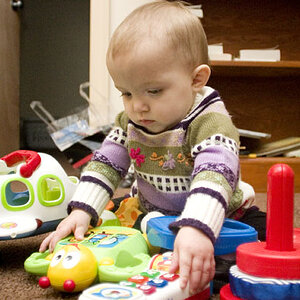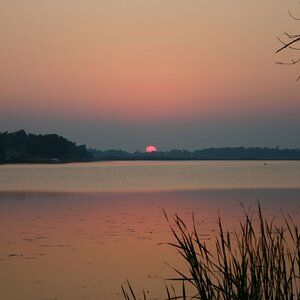Pinedale Press
TPF Noob!
i am photographing flat art paintings & drawings. some with thick paint lumps and spatula marks which we must capture. i invisage using two constant haligen lamps, one at 45 degrees and one nearer 90 degress tp capture the shadows made by the lumpy sureface. we will be sending the pictures direct to a calibrated computer screen. i am using a new sony a900 full sensor camera.
1. what is the best prime lens for this project to capture all the detail.
2. what is the best method for establishing white balance? will a whibal grey card do the job
1. what is the best prime lens for this project to capture all the detail.
2. what is the best method for establishing white balance? will a whibal grey card do the job



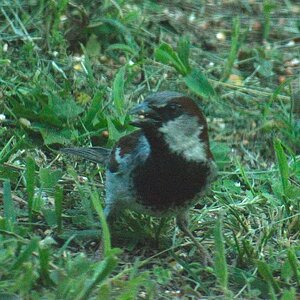
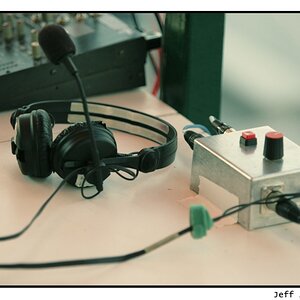
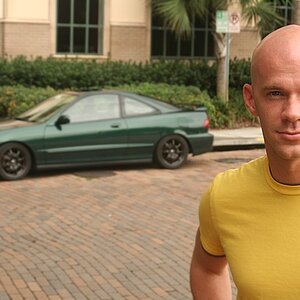
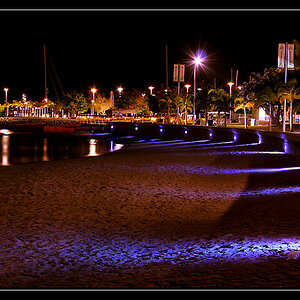
![[No title]](/data/xfmg/thumbnail/37/37603-739c5d9b541a083a12f2f30e45ca2b7b.jpg?1619738147)
![[No title]](/data/xfmg/thumbnail/33/33438-c1e2eee6aa4ea910422fd56d64fb49d4.jpg?1619735969)
![[No title]](/data/xfmg/thumbnail/42/42018-14ee16974751322cd63966d43d655995.jpg?1619739979)
![[No title]](/data/xfmg/thumbnail/42/42025-fa343f816d0cedc45447aa0b300e301e.jpg?1619739982)
![[No title]](/data/xfmg/thumbnail/37/37491-9a5a4b87cc7adab94e5cc59f2da93701.jpg?1619738112)
